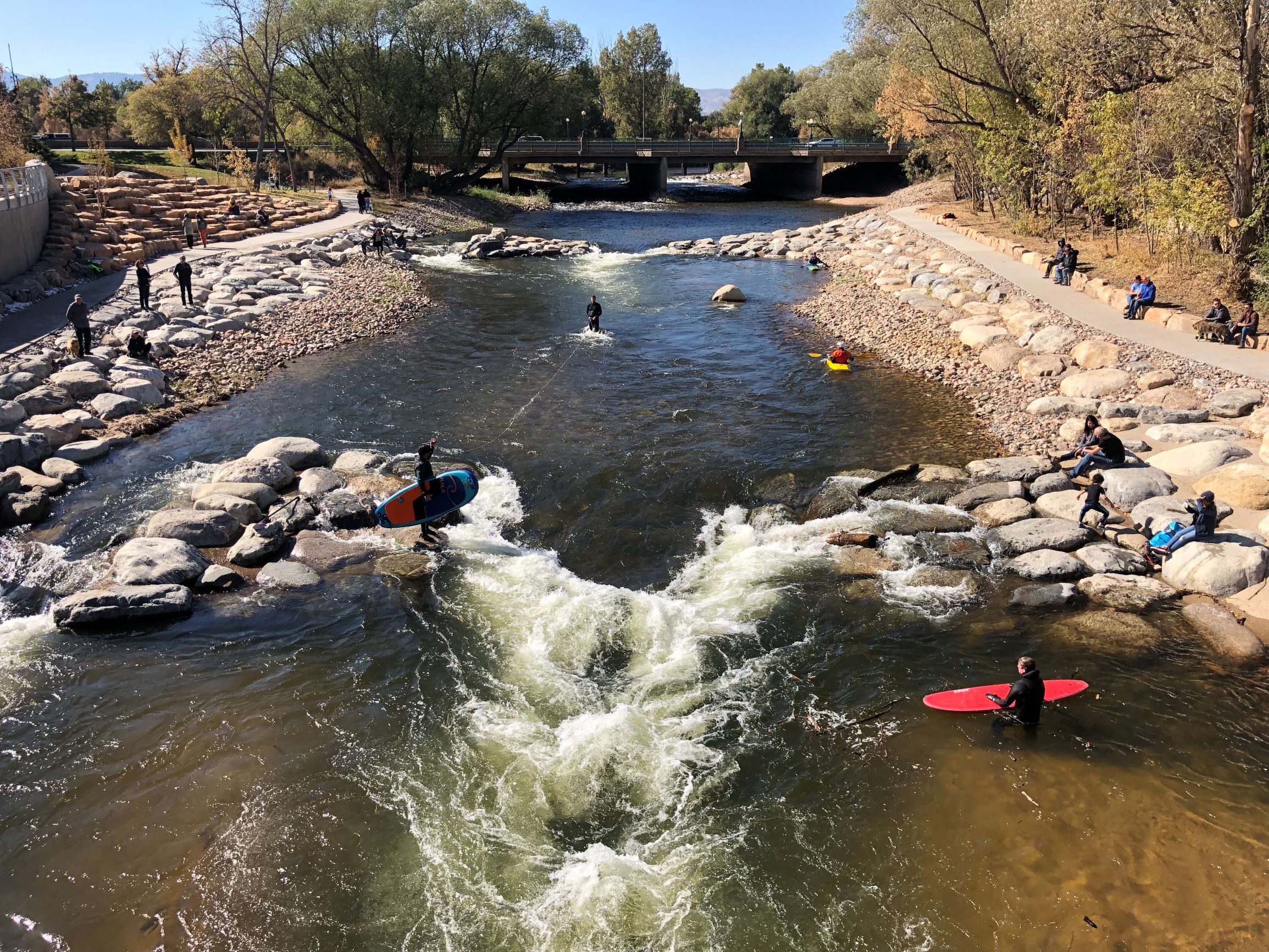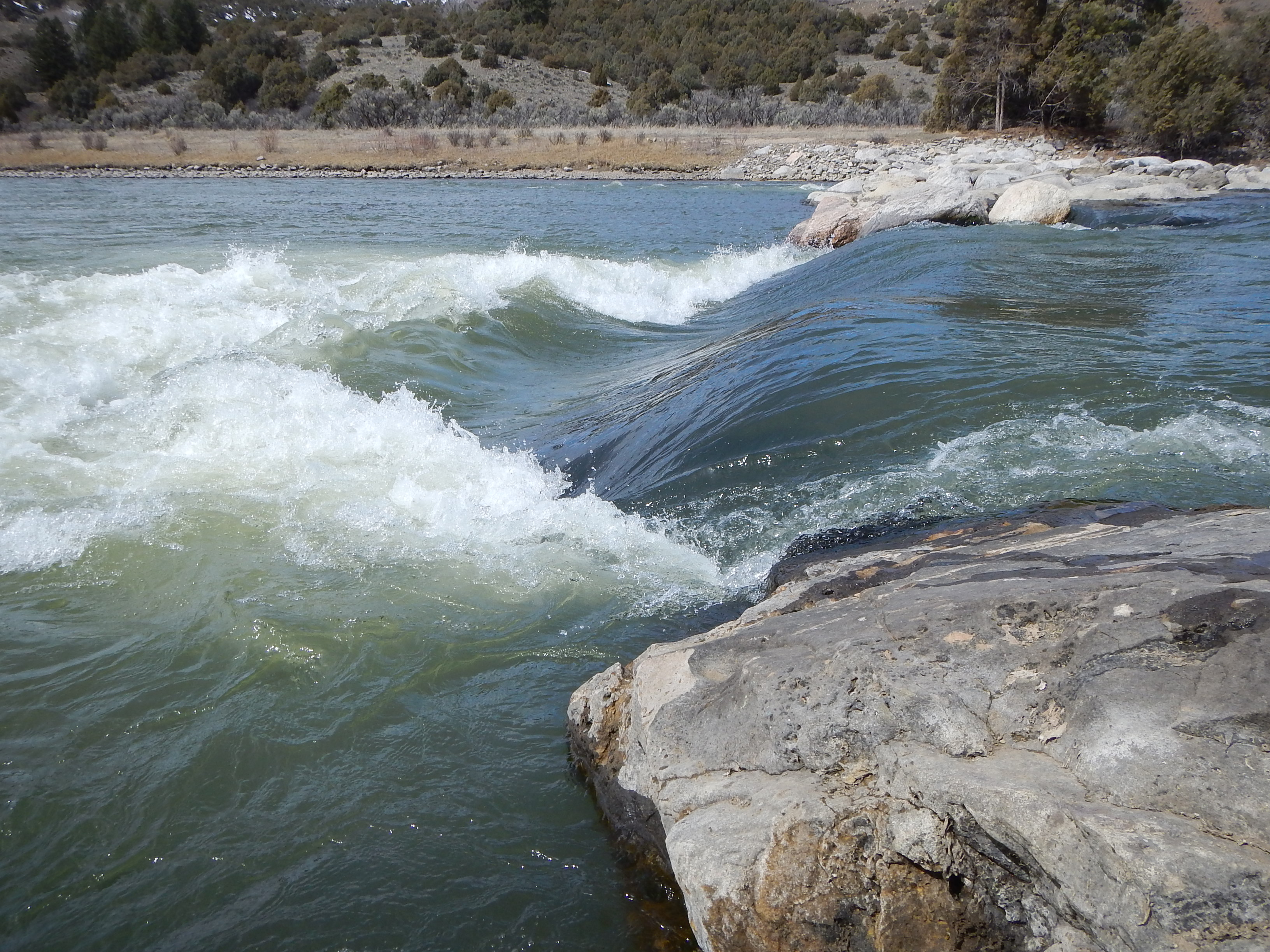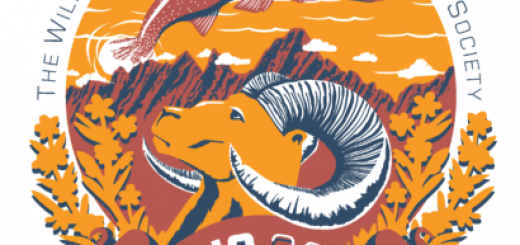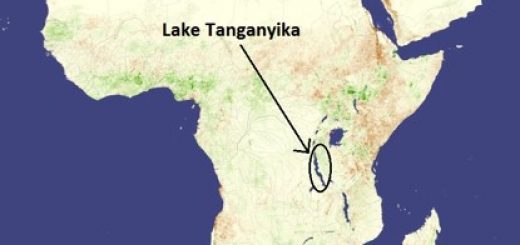Navigating Whitewater Parks and Their Effects on Fish
Rivers attract all types of recreators. In addition to anglers, many of the rivers in North America are frequented by boaters, kayakers, and whitewater rafters. In the past several decades, whitewater parks have increased in popularity throughout several Western states, including Colorado. These man-made structures are created to provide artificial rafting or kayaking opportunies in a river, and often bring economic benefit to surrounding communities. However, there is much about these structures that remains to be understood in terms of their effects upon fish habitat.
Fortunately, there are experts like Matt Kondratieff, an aquatic research scientist, who study the intersection of recreation and fish management.. Matt works for state of Colorado, where whitewater parks have been increasing in number and popularity. I first met Matt at the River Restoration Conference in 2018, and I recently interviewed him via email for his perspective and expertise on whitewater parks. [The conversation has been edited for clarity and brevity.]

Dawson: As an aquatic research scientist for the state of Colorado, can you describe what your main responsibilities are and where you spend the majority of your time?
Kondratieff: As a Colorado Parks and Wildlife research scientist, my primary responsibilities involve stream habitat investigations including studying fish population response to restoration and enhancement activities, understanding the barrier-potential of in-channel structures like water diversions and whitewater parks (WWPs), development of fish passage solutions, and design of conservation barriers to protect native species such as cutthroat trout.
Dawson: It seems as if whitewater parks are becoming increasingly popular. What impacts do these structures have on fish? Do impacts to fish limit WWP projects?
Kondratieff: WWP structures have the potential to degrade habitat quality and restrict fish passage. Although they create deep pools, we observed fish densities and biomass were higher in natural pools than in WWP pools for trout and native fish…. Site selection is probably the most important aspect to consider for limiting impacts of WWPs on fish habitat. The stream gradient, stream hydrology, other factors should be used to inform WWP designs and the placement of structures within the proposed reach.
Fish traits and capabilities are directly related to the physical habitat characteristics found in the natural channels which they occupy. Low gradient stream channels in unconfined valleys or plains are typically occupied by fish species that are incapable of jumping over vertical obstacles and have resident fish with weaker swimming capabilities. High gradient mountain streams are typically occupied by fish species that are capable of jumping and have swimming capabilities that enable them to burst through high velocities and turbulence. Some weaker swimming, small-bodied fishes display avoidance behaviors that limit their ability to swim over deep pools where they are vulnerable to predation. Instead, they utilize shallow lateral edges of stream channels. Research has shown that impacts of WWPs on rivers and fisheries is very specific and will depend on the conditions at a river site as well as the fish populations present.
Most of the WWP projects I have been associated with put a higher value on impacts to fish passage than fish habitat.

Dawson: If a new whitewater park is going to be built, are there modifications available to minimize their effects on fish?
Kondratieff: Yes, one of the most exciting changes we have seen over the past decade involves incorporation of fish passage criteria into whitewater park structures. Nearly all of the whitewater parks that have been constructed in Colorado over the past decade include some form of fish passage incorporated directly into or in the vicinity of the WWP structure. Some types of fish passage solutions include rock ramps, bypass structures, channel splits, fish notches, multi-stage channel concepts and roughened channel boundaries. Habitat mitigation measures have included off-site mitigation sites to replace lost angler opportunities. In addition, more projects are leaving some riffle habitats in portions of the whitewater park reach instead of replacing all the riffles with drop structures, and developing off-channel and side channel locations for fish habitat.
Dawson: In your opinion, is there any way that a whitewater park can be used to provide a benefit for fish populations? I have heard that they were initially touted as a way to improve habitat, for example.
Kondratieff: Yes, we have seen several examples of how WWPs have been used to provide benefits to fish populations.. For example, we know of some locations where an existing water diversion that was functioning as a complete barrier to fish upstream movement was replaced with a WWP that included a form of fish passage in the project. The WWP improved fish passage by providing passage where none had previously existed. Also, WWP structures have been used to function as a barrier to fish movement to protect conservation fish populations located upstream. In Colorado, a Recreational In Channel Diversion (RICD) water rights can be attached to a WWP structure. This in channel water right could potentially be used to increase the amount of water flowing in the stream and thus benefit fish populations.
Dawson: Going forward, what role do you see whitewater parks playing in the future of Western rivers? What research questions are still out there to better inform us on these structures?
Kondratieff: WWP designs are continually evolving as new research continues to inform the potential impacts on natural channel processes, fish passage and aquatic habitat. There are differences in the degree to which WWPs are being developed between states. For instance, in Colorado the application of water rights tied to WWP structures drives the expansion of WWPs in the state. States that have stream fishes that are federally-listed often have stricter regulations and restrictions that make WWP development cost-prohibitive and not economically feasible.
Future research includes refinement of species-specific fish swimming criteria, development of fishway solutions tailored to the specific characteristics of the site (i.e. degree of channel confinement and channel slope), understanding how the complex hydraulic forces associated with WWP pools influence various fish species, and more direct studies of fish movement through WWPs would be helpful.
It doesn’t take an expert to tell us that our rivers today exist in a multiple-use world, where the goals of different users vary as widely as the flows in the rivers they use. That doesn’t mean that our rivers have to be degraded by competing uses, though. Whitewater parks may continue to increase in popularity across the country, and with them will also grow the importance of researching their effects.
Thank you to Matt Kondratieff for sharing his expertise regarding whitewater parks and their effects. Matt is based out of the Fort Collins, CO office of Colorado Parks & Wildlife, and may be reached for further questions at [email protected].
Any opinions expressed do not necessarily reflect those of the American Fisheries Society.



